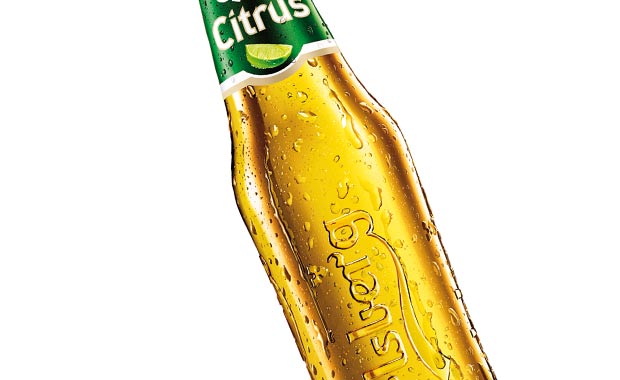Near the start of the year, I spoke in this column about the sales potential for low alcohol beers and wines, based on a raft of new products being launched on the market.
Admittedly, I was a little sceptical at first about how big an impact low ABV lines would have in independent stores, where sales are dominated by higher strength brands.
 But, judging by new sales figures presented by data analysts EDFM, there is a subtle but significant change in the shopping habits of consumers buying alcohol through local businesses.
But, judging by new sales figures presented by data analysts EDFM, there is a subtle but significant change in the shopping habits of consumers buying alcohol through local businesses.
According to EDFM, value sales of low ABV lagers through independents have leapt from a projected £670,000 in the first 25 weeks of 2012 to £1.7m over the same period this year. This was in stark contrast to high ABV beers, whose value fell by nearly 10%.
Likewise, low ABV wines, while not seeing the same impressive leap, nevertheless saw year on year value growth of £600,000 to £700,000.
This shift could be attributed to a number of reasons. For one, the recent spell of hot, sunny weather may well have encouraged more shoppers to look for lighter, thirst-quenching drinks in the BWS aisle, where they now have a greater choice than ever.
Also, brewers, local councils and the government have all been vocal about their plans to limit sales of higher strength brands, potentially paving the way for lower strength alternatives.
While this is still a relatively small part of the market (low ABV lagers currently represent 0.6% of total beer sales through independents, say EDFM), it is a growing trend that retailers should be keeping an eye on. The acid test for store owners and manufacturers now is how to maintain this growth once the barbecues are packed away and winter sets in.





Comments
This article doesn't have any comments yet, be the first!